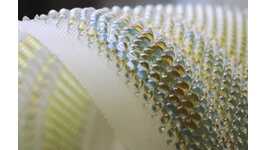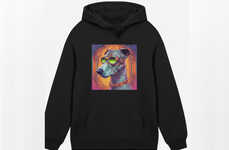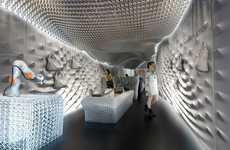
Carhartts's 3D Modeling Eliminates the Need to Make Physical Samples
Ellen Smith — November 3, 2017 — Tech
Workwear brand Carhartt is designing its clothing using 3D modeling, in an attempt to save the company both time and money.
Carhartt is implementing the technology into its design process, to more accurately assess how pieces might look and feel, without the use of a physical sample. Because of this method, the company can limit the amount of physical materials required to make samples, as the software can display the weight and fabric of the material on a digital model. The 3D technology additionally enables Carhartt to assemble different accessories and styles, without producing excessive waste.
To make the technology even more usable, Carhartt is digital models of its retail stores in order to virtual display the clothes in a simulated environment.
Carhartt is implementing the technology into its design process, to more accurately assess how pieces might look and feel, without the use of a physical sample. Because of this method, the company can limit the amount of physical materials required to make samples, as the software can display the weight and fabric of the material on a digital model. The 3D technology additionally enables Carhartt to assemble different accessories and styles, without producing excessive waste.
To make the technology even more usable, Carhartt is digital models of its retail stores in order to virtual display the clothes in a simulated environment.
Trend Themes
1. 3D Modeling Fashion - Adopting 3D modeling technology in fashion design can lead to savings and improve accuracy by limiting physical sampling.
2. Virtual Product Testing - The use of digital models in product testing can eliminate the need for excessive waste and provide a more eco-friendly solution.
3. Immersive Retail Experience - Using digital modeling to create a virtual retail space helps to enhance the customer experience and aids in customer visualization of the products.
Industry Implications
1. Fashion - Implementing 3D modeling in fashion design has great potential for cost savings and challenges the need for traditional sampling methods.
2. Retail - Using virtual environments to showcase products can help enhance the customer experience and lead to more efficient purchasing decisions.
3. Sustainability - Digital modeling in product design and testing reduces the amount of waste typically associated with traditional physical sampling and can lead to more sustainable practices.
3.3
Score
Popularity
Activity
Freshness























